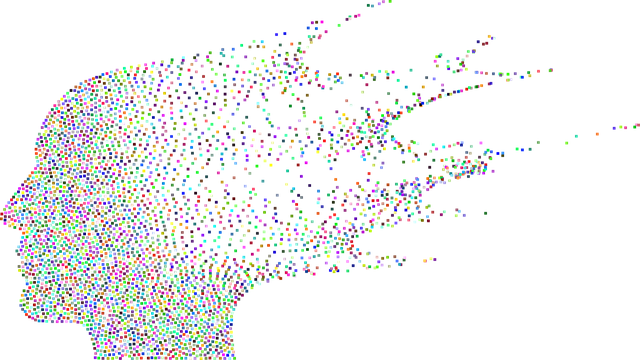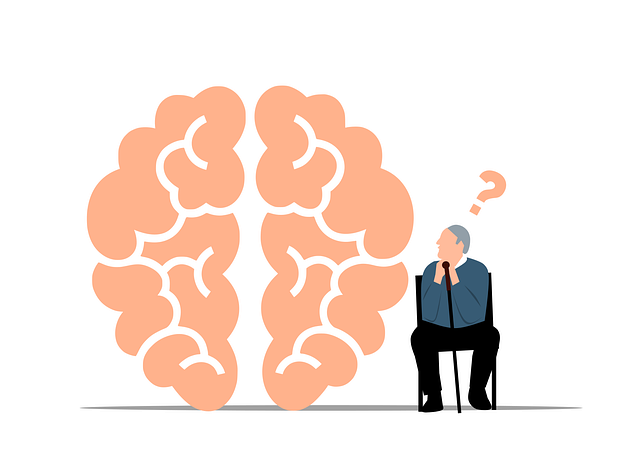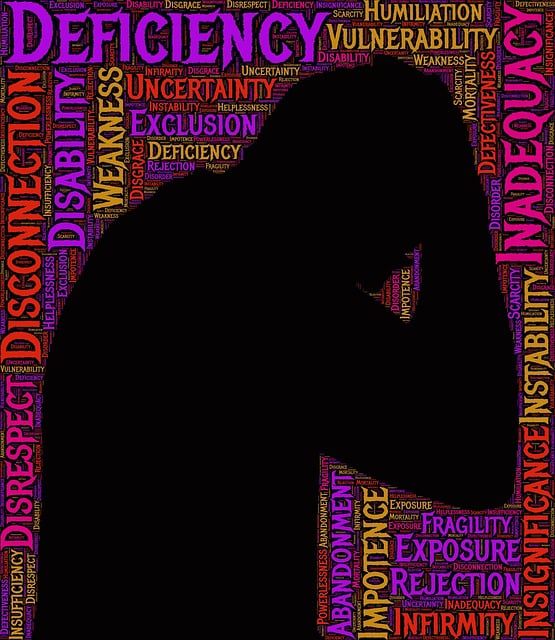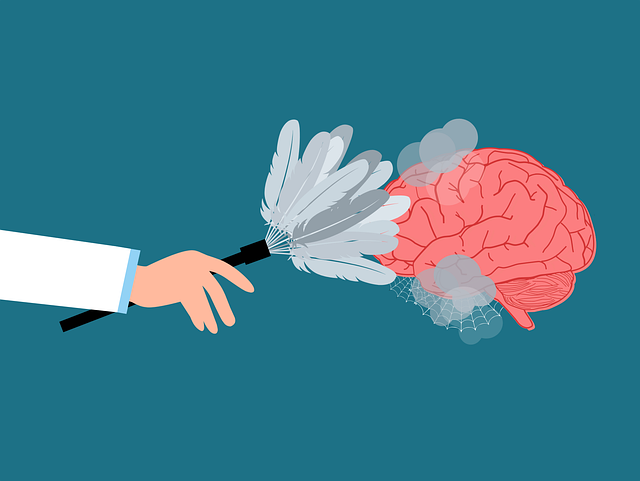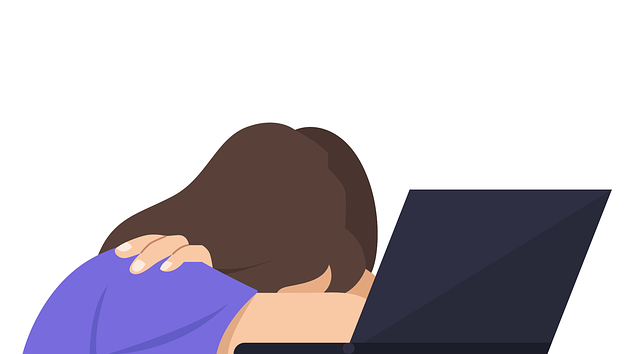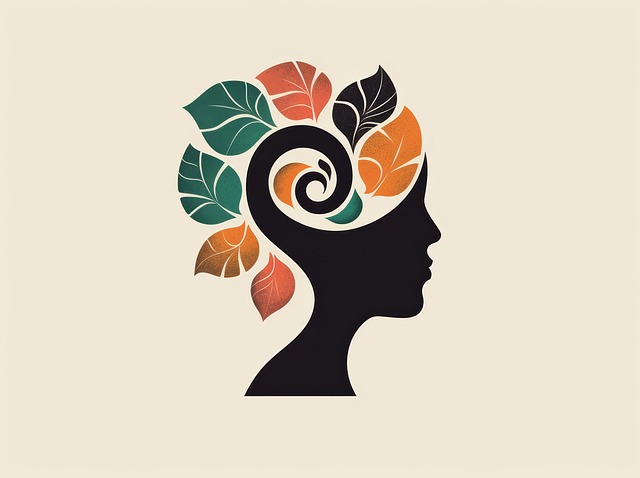Adolescents face unique mental health challenges, often stemming from trauma and child abuse, requiring tailored therapy models. Marketing strategies for mental health apps should focus on age-appropriate resources, engaging influencers popular among teens, and incorporating risk assessment tools. By addressing specific adolescent needs, these apps can facilitate timely access to mental health services. A compelling narrative emphasizing resilience and recovery, alongside confidential chat and trauma support services, makes your app appealing to parents and caregivers seeking solutions for therapy in cases of child abuse. Utilizing platforms like Instagram, Facebook, and TikTok, influencer collaborations, targeted ads, and email campaigns breaks down barriers and encourages open discussions about emotional well-being among adolescent teens.
Mental wellness apps are transforming support systems, especially for adolescents grappling with unique mental health challenges. This article explores an effective marketing strategy development process for such apps, focusing on reaching and engaging this vulnerable demographic. We delve into understanding the target audience, crafting compelling narratives that resonate, and leveraging marketing channels relevant to adolescents, including social media and peer-to-peer networks. By addressing the critical need for therapy among adolescent teens, especially those recovering from child abuse, we aim to enhance access to much-needed resources.
- Understanding the Target Audience: Adolescents and Their Unique Mental Health Needs
- Crafting a Compelling Narrative: Positioning Your App as a Supportive Resource
- Marketing Channels and Strategies for Effective Reach and Engagement
Understanding the Target Audience: Adolescents and Their Unique Mental Health Needs

Adolescents face unique challenges when it comes to mental wellness, often stemming from a complex interplay of biological, social, and environmental factors. As such, marketing strategies for mental health apps tailored to this demographic must be sensitive to their specific needs. Many teenage users struggle with issues like anxiety, depression, and trauma, with a significant portion having experienced some form of child abuse or neglect. This calls for an approach that goes beyond the typical adult-focused therapy models, incorporating coping skills development that resonates with teens’ experiences and preferences.
Marketing efforts should highlight apps that offer age-appropriate resources and platforms where adolescents can feel comfortable seeking help. Given the sensitive nature of mental health issues among this age group, a subtle yet effective approach is crucial. Public awareness campaigns development that engage influencers or celebrities popular among teens could help reduce stigma while promoting early intervention and support services. Additionally, incorporating risk assessment tools specifically designed for mental health professionals to identify at-risk adolescents can facilitate timely interventions within the app ecosystem.
Crafting a Compelling Narrative: Positioning Your App as a Supportive Resource

Crafting a compelling narrative is key to positioning your mental wellness app as a supportive resource for adolescent teens who have experienced child abuse. Instead of focusing solely on the problem—the trauma—weave a story that highlights the power of resilience and recovery. Paint a picture of how your app serves as a safe space, offering tailored therapy and coping mechanisms to help young people navigate their journey towards healing.
Use language that resonates with your target audience, acknowledging their struggles while emphasizing the transformative potential within them. Highlight features like confidential chat, interactive exercises for building resilience, and access to trauma support services. Showcasing these aspects will appeal to parents and caregivers looking for effective tools to support their adolescents’ mental wellness.
Marketing Channels and Strategies for Effective Reach and Engagement

In today’s digital era, marketing strategies for mental wellness apps must be multi-faceted to effectively reach and engage their target audience. Social media platforms like Instagram, Facebook, and TikTok offer powerful tools to connect with individuals seeking therapy, particularly adolescents and teens who are more active on these channels. Leveraging influencer partnerships and targeted ads can help increase brand visibility while addressing sensitive topics like child abuse in a supportive manner. For example, content created by therapists or mental health advocates who share their personal journeys can resonate deeply with viewers, fostering trust and encouraging open conversations about emotional regulation.
Additionally, email marketing campaigns remain an effective strategy for building long-term relationships with users. Offering valuable resources such as e-books on self-care routine development for better mental health or webinars on burnout prevention can attract and retain a dedicated audience. Collaborating with schools, community centers, and other youth-focused organizations can also expand reach, ensuring that the app’s benefits are communicated to those who may benefit most from therapy services. Through strategic marketing channels and engaging content focused on emotional well-being, mental wellness apps can break down barriers and encourage individuals to prioritize their mental health.
In developing a marketing strategy for a mental wellness app targeting adolescents, understanding their unique mental health needs and crafting a compelling narrative that positions your app as a supportive resource are pivotal. By leveraging effective marketing channels and strategies, you can ensure widespread reach and engagement, potentially offering much-needed therapy to teens affected by child abuse. Through this comprehensive approach, your app can become a trusted companion on the journey towards mental wellness for young individuals.
